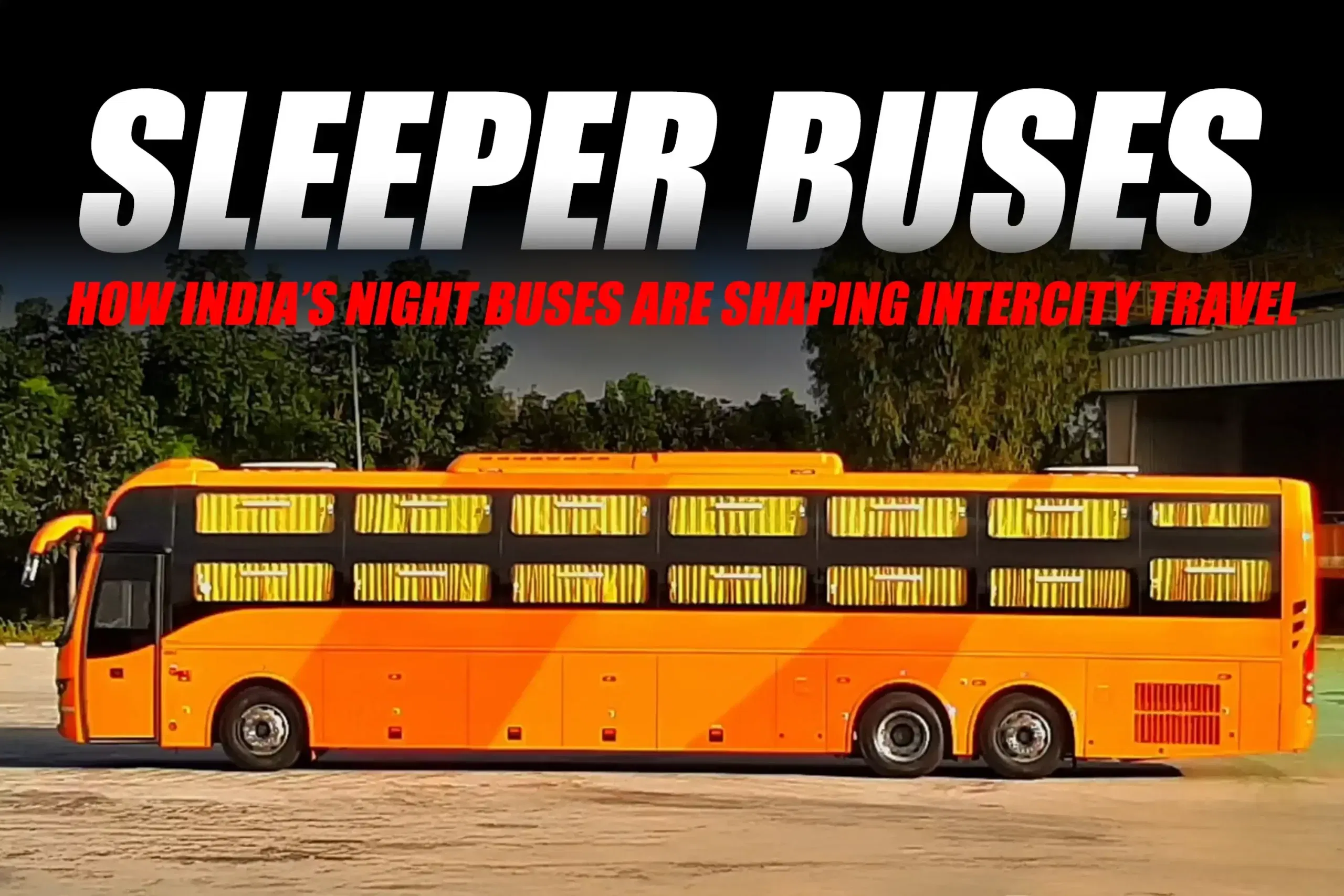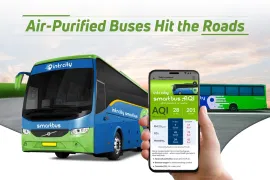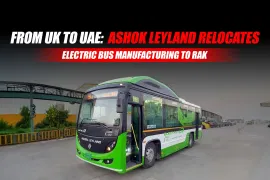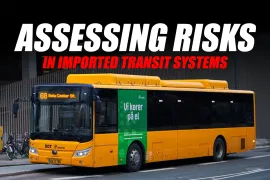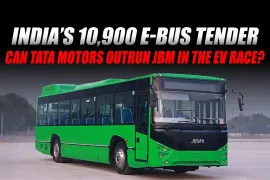India's domestic intercity travel has seen a huge change with the advent of sleeper buses, an overnight journey experience that balances comfort and affordability. Built with horizontal beds in place of conventional seating, sleeper buses allow individuals to sleep on long journeys, an efficient replacement for trains and flights.
The Increased Popularity of Sleeper Buses in India
Over the past five years, sleeper buses have gained prominence on popular intercity routes. Travelers prefer these buses because they allow overnight travel while maximizing rest, cutting down on both travel and accommodation costs. Unlike conventional commercial buses, sleeper buses focus on passenger comfort by providing air-conditioned cabins, reclining berths and individual amenities such as reading lights and charging ports.
This transport mode appeals to a broader population, all the way from working professionals and students to business travelers, who need flexible, affordable and easy travel means between cities.
Filling the Gap Between Trains and Flights
Sleeper buses plug an essential transportation gap. Train travel, while cost-effective, tends to be plagued by overbooking and fewer options and air travel is still costly and out of range for most mid-range distances. Sleeper buses, with frequent departure times and routes, provide travelers a decent option.
By enabling passengers to leave late evening and arrive early morning, these buses maximize time use and minimize overnight hotel accommodations. They are particularly popular on 300 to 1,000 kilometer routes, where overnight travel is viable and convenient.
Commercial Vehicle Adaptations for Sleeper Travel
Growing demand has compelled the commercial vehicle sector to innovate and sleeper configurations have been developed in chassis and body frames by bus manufacturers. Ride stability, suspension quality,and noise reduction are areas where improvements have been made to enhance the comfort of passengers over long overnight journeys.
In addition, safety features such as strengthened frames and fire-resistance materials have become more widespread. These features guarantee that sleeper buses comply with changing standards of safety while offering a comfortable journey.
Regulatory Steps for Ensuring Passengers' Safety
Comprehending the increasing number of sleeper buses, regulatory authorities have enforced more stringent safety standards. These entail compulsory fitting of GPS tracking devices, emergency exits, fire alarms and passenger seat belts on sleeper berths. Regulations also prescribe standard berth sizes and restrict the number of passengers to avoid overcrowding.
These regulations help enhance road safety, particularly when traveling at night, while also ensuring passengers a safe journey. It is becoming an important aspect for operators to comply with these measures in order to retain licenses and reputation.
Pricing Factors and Market Trends
The price of intercity buses is highly variable based on the specifications of the bus, such as chassis type, engine size, seating capacity and facilities onboard. Sleeper buses usually cost between ₹40 lakh and more than ₹1 crore. The price difference comes from added luxury features, fuel type (diesel, CNG, electric) and technology.
From the passenger's point of view, ticket fares typically range between ₹700 and ₹2,500 depending upon distance and quality of service. This tariff makes the service accessible to a large customer base while ensuring operators' profitability.
Conclusion
Sustainability has become a major area of interest in the commercial transport industry. A number of manufacturers are now looking to electric and alternative fuel-driven sleeper buses as a way of lowering emissions and operational expenses. The move goes in line with India's overall environmental objectives and regulatory drive towards cleaner vehicles.
Furthermore, technology such as mobile ticketing apps and real-time bus tracking makes travel more convenient for passengers. Integration with smart city programs could further ease intercity travel as technology continues to develop.
Overall, sleeper buses are increasingly reshaping India's intercity transportation. They present a convenient, affordable and comfortable overnight journey experience that meets the demands of a wide range of people. Aided by technological advancements and regulatory intervention, sleeper buses are poised to grow further, enhancing connectivity throughout the country
For more articles and news, stay updated with 91trucks. Subscribe to our YouTube channel and follow us on Facebook, Instagram, and LinkedIn for the latest videos and updates from the automotive world!
Also Read:
- Are Electric Buses Truly Green, or Just Shifting Pollution Elsewhere?
- Cricket Teams on the Move: How Buses Carry IPL 2025 Stars
.
Web Stories
Latest Buses News
Categories
91trucks is a rapidly growing digital platform that offers the latest updates and comprehensive information about the commercial vehicle industry.
